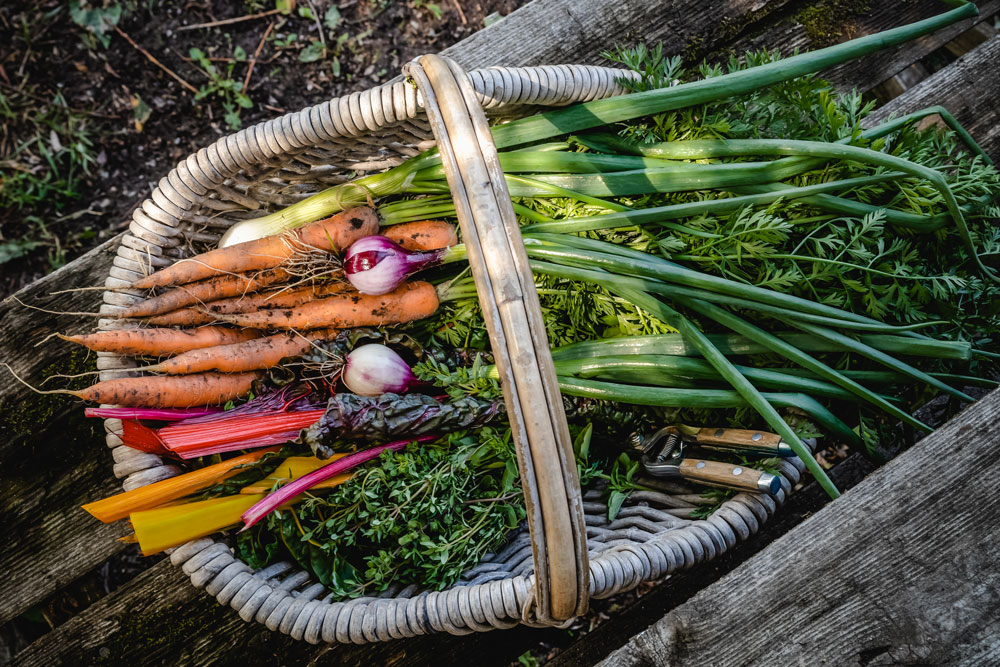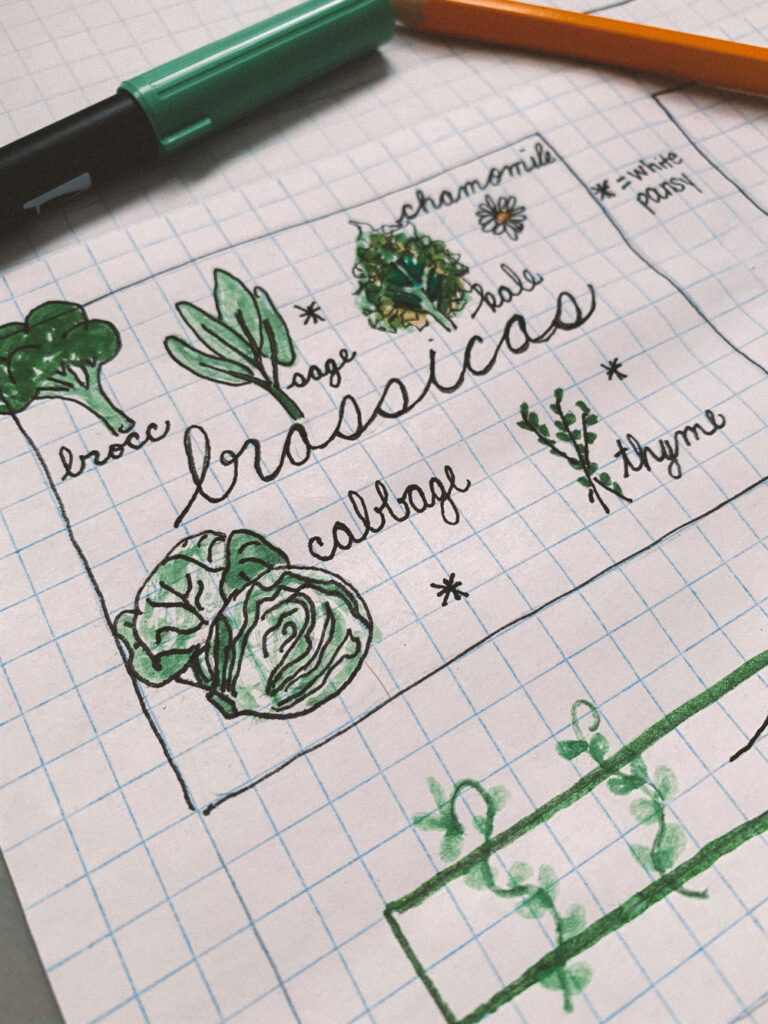Natural Ways to Protect Your Garden From Pesky Insects
As the years go on, more information is shed on the use of pesticides and other chemicals in our gardens. More home gardeners are taking a stand and ditching the chemicals. But how can you protect your garden against those insects that want to make it their feeding grounds? Well, there are a handful of ways, but my favorite is through companion planting.
Companion planting isn’t limited to pest deterring or better yields. Living trellises, positive hosting, building the health of your soil, and disease management are all components of companion planting. Pest deterring can even be further broken down into categories such as interfering with egg laying, attracting beneficial and predatory insects, and trap crops (or as I like to call it, the ‘sacrificial lambs’ of the garden).
Companion planting is actually a centuries old tradition, with Native Americans first discovering the Three Sisters when domesticating corn, squash, and beans. The Iroquis tribe passed along the knowledge through stories and rituals that the Three Sisters should always be planted together: the corn provides a trellis for the beans to grow up, the beans provide extra support to the corn stocks during unfavorable weather, along with nitrogen fixing of the soil for both the corn and the squash, and finally, the squash provides a ground cover for the corn and beans. The Three Sisters is still practiced by many home gardeners today. Modern day scientific research is giving us incredible insight into why companion planting works. For science nerds such as myself, it truly is fascinating and so fun to dive into!

Ultimately, what your goals are in your garden, as well as your common pests, will determine what companions you will plant. Here are a few of my favorite pairings that I use in my garden, their benefits and briefly how they work.
Tomatoes and Radishes
Deter flea beetles. The flea beetles will eat the leaves of the radishes and leave young tomato transplants alone.
How to utilise this method: Direct sow radish seeds right around where you intend to transplant your tomato.Start 1-2 weeks before planting out the tomatoes.
Tomatoes and Nasturtiums
Deter aphids. The aphids will go to the nasturtiums before the tomatoes.
How to utilise this method: Plant started nasturtiums amongst your tomato plants, no more than 2 feet away.
Squash, Melons, Cucumbers and Nasturtiums
Squash bugs are a very common pest and are difficult to control without the use of pesticides. Nasturtiums will mask the host plant. Bonus: nasturtium flowers are edible!
How to utilise this method: Plant nasturtiums very close to your desired plant. Small space gardeners should look for bunching nasturtiums while those with more space may like the aesthetic of the vining nasturtiums growing between their plants.
Sunflowers and Mini Pumpkins
Provide a living trellis for your mini pumpkins and add significant charm to your garden by allowing them to trellis up sunflowers!
How to utilise this method: Ensure you are planting a tall sturdy variety of sunflower, no dwarf varieties here. Multibranched varieties work best since pumpkin vines spread in many directions. Start the sunflowers early (4 weeks before the last frost) and transplant out after the last frost. Allow them to reach 1 foot minimum before direct sowing the pumpkins beside them.

Cole Crops (Brassicas) and Sage, Thyme, Chamomile
Interfere with cabbage moth egg laying. In addition to physically hiding the host crop from the adult cabbage moths, the highly fragrant herbs mask the plants from being found by the moth’s olfactory sense. As an added bonus, you can harvest these herbs for culinary uses!
How to utilise this method: Transplant herbs at the same time as your brassica starts.
Bonus tip: the chamomile flowers, or even white pansies if you’d prefer, mimic adult cabbage moths and cabbage moths will not lay eggs where other moths already reside.
Alliums (Onions, Garlic, Leeks) and Marigolds
Deter onion root maggot fly. Studies have shown a reduction in the egg laying behaviours of onion flies when marigolds are interplanted with alliums.
How to utilise this method: Alternate rows of alliums with the marigolds, or interplant in the same row.
In my opinion, companion planting not only benefits the garden for obvious reasons, but it brings so much more beauty to it from interplanting (versus the traditional row style gardening), to more plant diversity, and oftentimes more flowers than one would normally plant in their vegetable garden. Companion planting is a journey, and there is so much more to it on a scientific level than I could ever write about here. I challenge you to dig into the research, take notes, and have fun with it!
Photo of Vanessa by Ehjae Chan
MORE HOME AND GARDEN ARTICLES:

July 8, 2024
Keep Reading
next post
previous post
© 2025 Trailblazher Co. All Rights Reserved.
Legal
